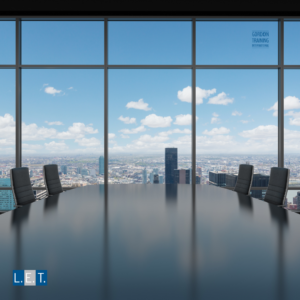“In view of the urgent need for new patterns of leadership in our society, it is a challenge to try to formulate an approach to leadership that will be socially useful…”.
This is the opening line of Dr. Thomas Gordon’s Group-Centered Leadership book which was published in 1955. He went on to develop that approach and created a model which is embodied in our L.E.T. Workshop.
At the heart of this model is the idea that emotional climate plays a major role in determining what kind of organization will be created. And that when a power differential exists in a relationship, the quality of this climate – this emotional atmosphere – is largely determined by the person or people who have the power. In an organization or department, this is the leader, supervisor or manager. How the leader communicates is immensely important. How he or she talks to team members has either positive or negative effects on them.
Leaders have the power to make a team member’s life miserable or enjoyable, to frustrate or to encourage, to squelch or inspire. They create a climate in which team members feel the need to comply, to conform, to play it safe, to not make waves – or a climate in which those team members feel free to offer their ideas, suggestions and opinions, explore new ways of solving problems, be creative and innovative.
In short, the emotional climate either fosters or undermines people’s ability to be productive, creative, fully-functioning team members.
Most leaders, like everyone else, don’t naturally know how to create a positive climate. Knowing how requires training and practice just as becoming effective in anything requires such training and practice.
Over the last 80 years, a science of relationships has evolved. We now know many of the essential factors that contribute to well-being. We know what communication and conflict resolutions skills help both ourselves and other people become more psychologically and physically healthy.
And we know that when leaders learn and apply these skills, they create a positive emotional climate in which people can thrive and maximize their contribution to the organization.
(If you’d like to learn the L.E.T. skills, please visit this page to see the current online and in-person classes. And if you’re a member of SHRM and need to recertify, we are now an approved provider.)

